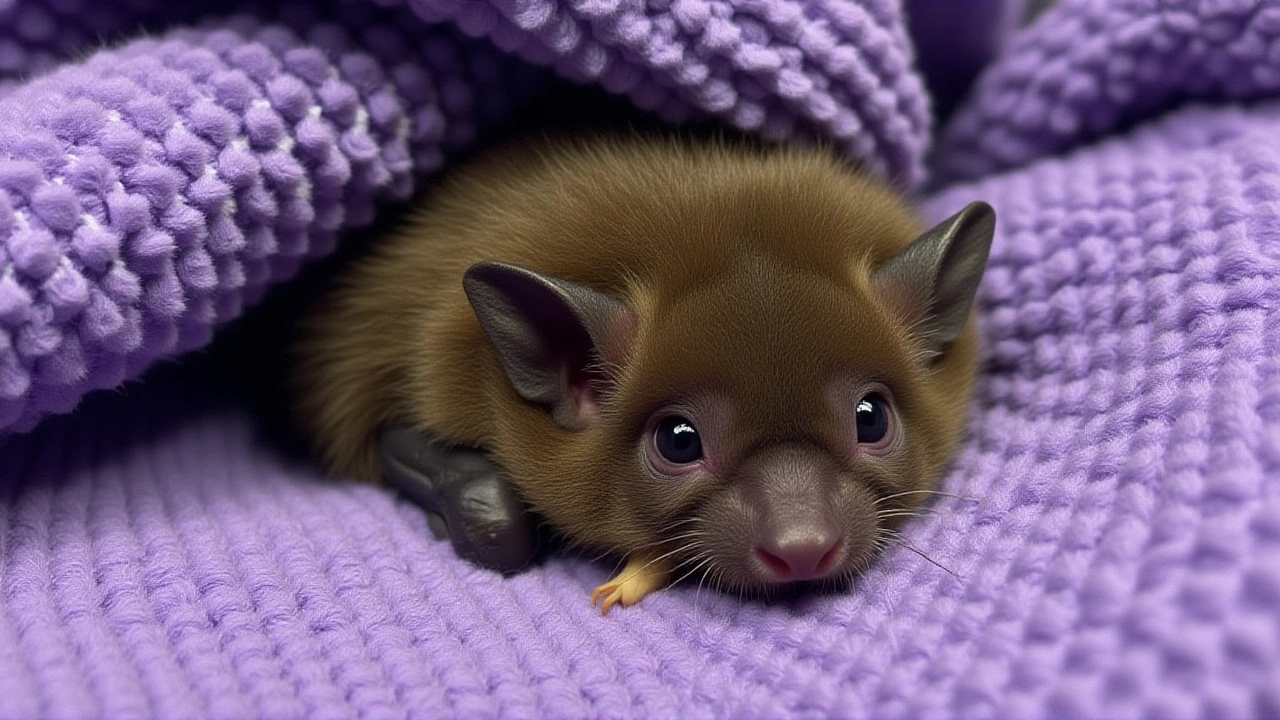
Rabid Bat Detected in Regina’s Glencairn Neighbourhood Sparks Health Alert
A rabies‑positive bat was confirmed in Regina's Glencairn neighbourhood on Oct. 6, prompting health alerts and expert advice on preventing exposure.
When talking about rabies, a deadly viral disease transmitted primarily through animal bites. Also known as hydrophobia, it belongs to the Lyssavirus family, a group of neurotropic viruses that affect mammals worldwide. Rabies kills over 59,000 people each year, mostly in low‑resource regions where access to medical care is limited.
Rabies spreads when saliva from an infected animal enters an open wound – the classic animal bite, often from dogs, bats, or wild carnivores. The virus travels along peripheral nerves to the brain, causing inflammation, agitation, and eventually death. Because the incubation period can range from weeks to months, early recognition of a bite is crucial. This is where vaccination, both pre‑exposure for high‑risk groups and post‑exposure prophylaxis (PEP) for bite victims, becomes a lifesaver.
PEP typically includes a dose of rabies immune globulin and a series of four vaccine injections over two weeks. The treatment is almost 100% effective when started promptly, illustrating the triple link: rabies requires vaccination, vaccination prevents disease, and animal bite influences transmission. If you ever get bitten, cleaning the wound with soap and water, seeking medical help, and completing the full vaccine schedule are non‑negotiable steps.
Beyond immediate care, community‑level measures like mass dog vaccination campaigns, public education, and wildlife management drastically cut new cases. Countries that have achieved >70% dog vaccination see a 90% drop in human rabies deaths. So the disease isn’t inevitable – it’s controllable with the right tools and awareness.
Below you’ll find a range of stories and updates that touch on these points: from policy moves in African health ministries, to breakthrough research on next‑generation vaccines, to real‑world accounts of bite incidents and successful PEP outcomes. Dive in to see how the fight against rabies is evolving and what you can do to stay protected.

A rabies‑positive bat was confirmed in Regina's Glencairn neighbourhood on Oct. 6, prompting health alerts and expert advice on preventing exposure.